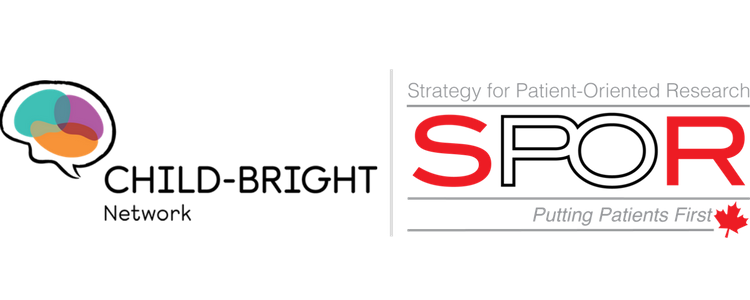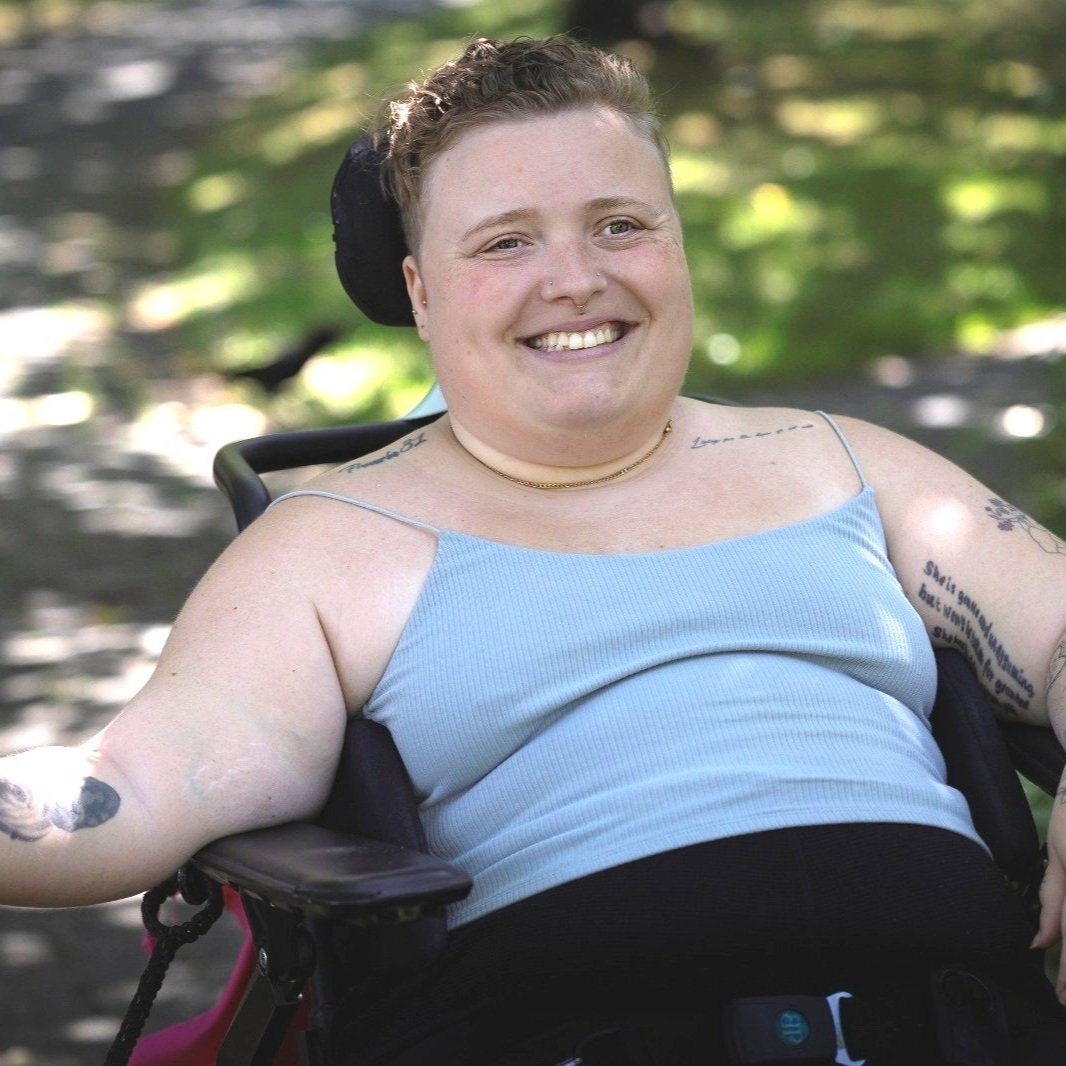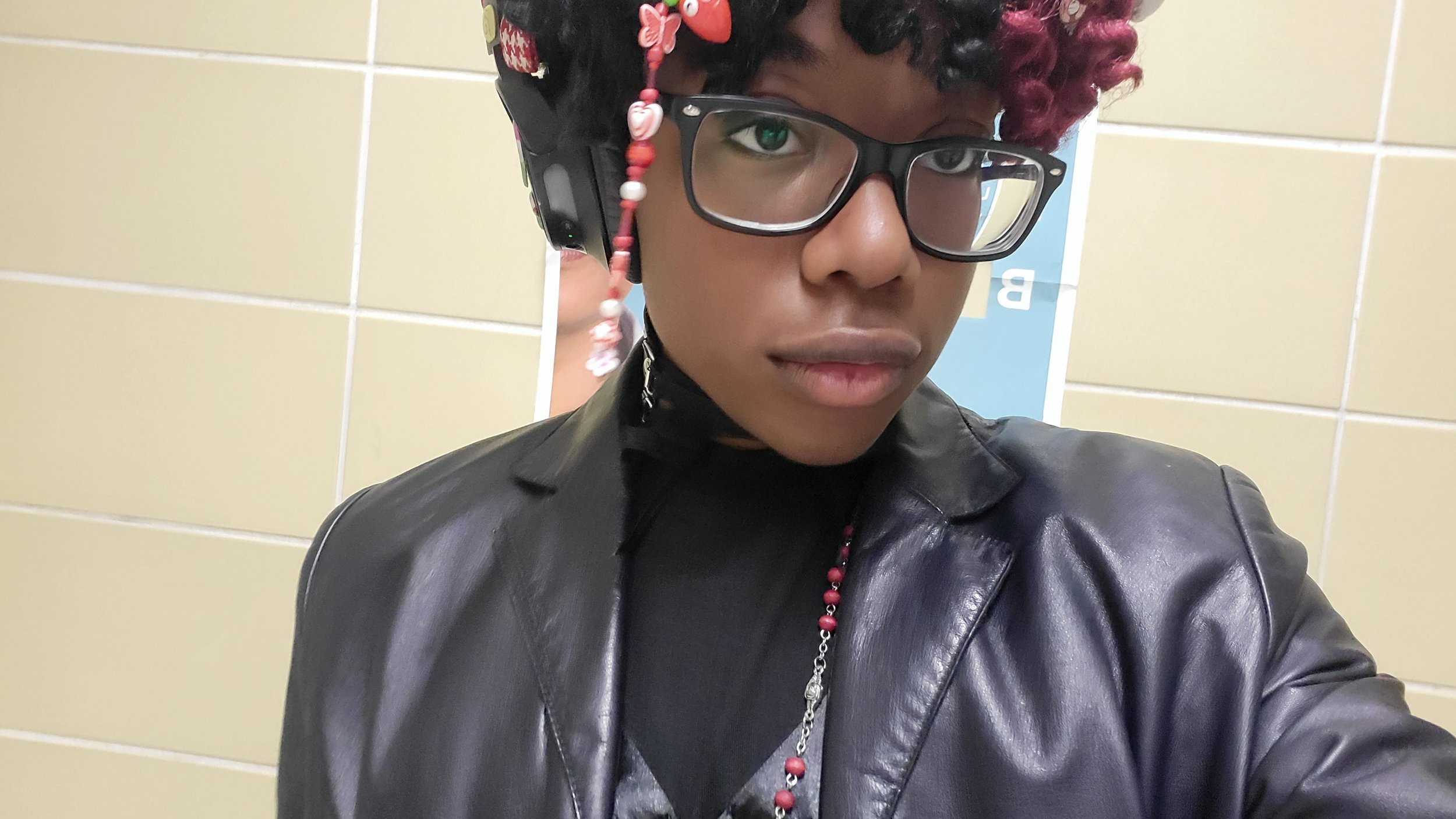Kelsey is a PhD student in Rehabilitation Sciences at the University of Ottawa. A member of the NYAC since March 2023, she’s been an active and enthusiastic addition to the team.
Kelsey Seguin, NYAC member
“Self-advocacy in health research is a topic that’s close to my heart,” says Kelsey. “It’s essential when you’re living with a brain-based disability.” Kelsey wants her voice to be heard, and she knows her perspective is valuable.
“When it comes to health research, marginalized groups need to be included in the conversation.”
Since joining the NYAC, Kelsey has reviewed research proposals for CHILD-BRIGHT's projects and co-created our most recent KM Family Hub webinar, “Pathways through Partnership: Knowledge Mobilization with Families of Children with Disabilities.”
Kelsey lives with spastic hemiplegia, a type of spastic cerebral palsy (CP) that affects movement on one side of the body. “In my case, it was caused by a lack of oxygen in the brain at birth,” she says. Kelsey was born prematurely at just 25 weeks and was quickly diagnosed with CP. “But here I am,” she says with a laugh. Her symptoms include chronic muscle pain and spasticity (stiff or rigid muscles). The condition also affects her fine motor skills. “I love building LEGOs,” says Kelsey, “but I need to take frequent breaks. The pieces are so small!”
When asked how her condition has affected her life, Kelsey is thoughtful. “Most of the time, I don’t think about it,” she says. “This is just my normal.” She points out that the larger issue is how society views people with disabilities. “I get funny looks when I walk because I have a limp,” she says. As part of her doctoral work, she’s looking at the experiences of parents raising children with CP, encountering many “false assumptions” in the process: “People will ask, ‘How can you be a researcher if you have a disability?’”
Research partners with lived experience sometimes come up against these preconceptions, too. “Some people think involving people with disabilities in research is too risky,” says Kelsey. “We’re seen as vulnerable.” Along with her fellow NYAC members, Kelsey hopes to challenge these biases and inspire others to make their voices heard.






